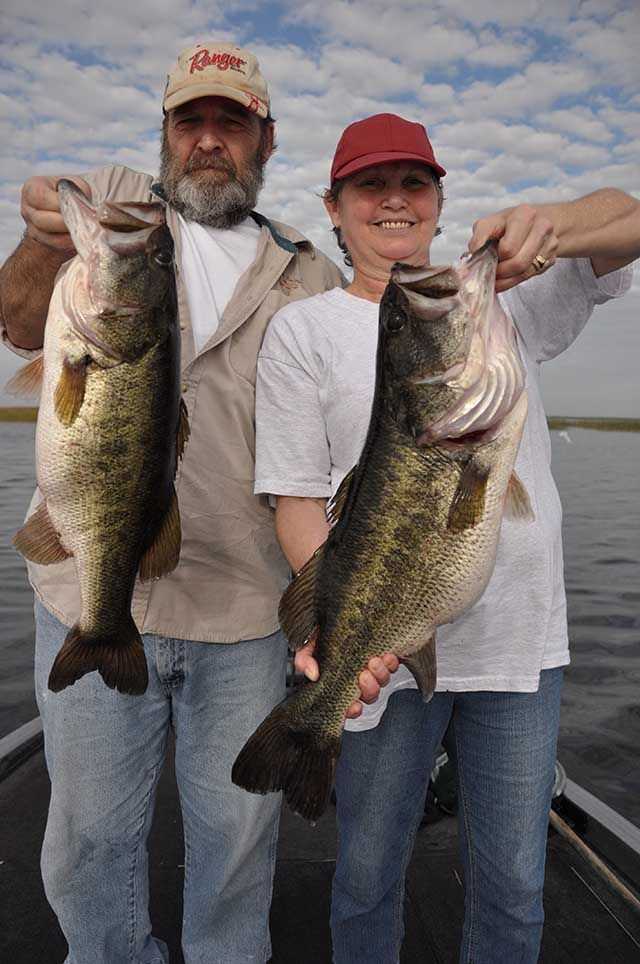
The lake level has risen several inches in the past few weeks due to an abnormal amount of rainfall during these winter months. The lake is presently hovering around the 14 foot mark, which is 5 to 6 inches lower than we were at this time last year. The string of warm days and nights have warmed the water rapidly, with water temperatures in the mid 70s and higher being recorded. The bass have responded by feeding voraciously. Large numbers of bass are being caught daily, as has been the norm for the past five years or more. Shiner fishing is red hot. The great catching should continue right on through the winter/spring season, as long as the water temps stay warm. Catch rates of 30 to 50 bass per morning trip are not unusual. Already the number of trophy bass in the 10 pound-plus range caught in the first six weeks of 2014, has exceeded the number caught in many entire years. Every area of the lake is producing bass, but certain areas are always better than others. Areas of the lake where several kinds of native vegetation converge are always keys in finding a so called honey-hole. Native plants such as pepper grass, eel grass, spike rush and a mixture of the invasive weed hydrilla make for a great fishing area. Many places overlooked on the lake feature underwater plant life that can’t be seen without electronics. These subtle cover areas can hold a large amount of fish particularly when the fish are staging prior to spawning. An observant angler will let the fish provide him with the information necessary to be successful. Pay attention to the position of the fish in the cover, as well as the types of cover you are catching them in. Forming a successful pattern is sometimes as simple as putting the pieces of a puzzle together. Try changing locations, lures and presentations until you find one that works for that particular day and time. Try fishing new water, with different baits, stepping out of your comfort zone may be just be the trick to getting a bend in your rod!